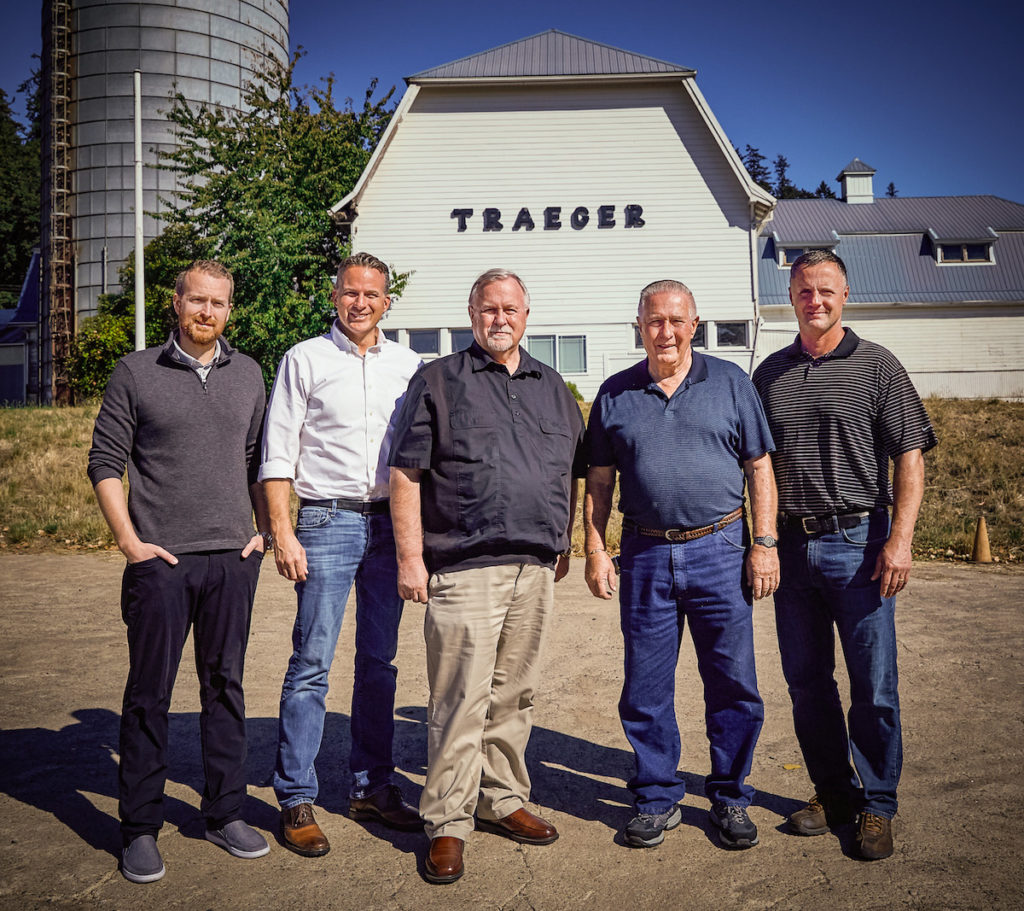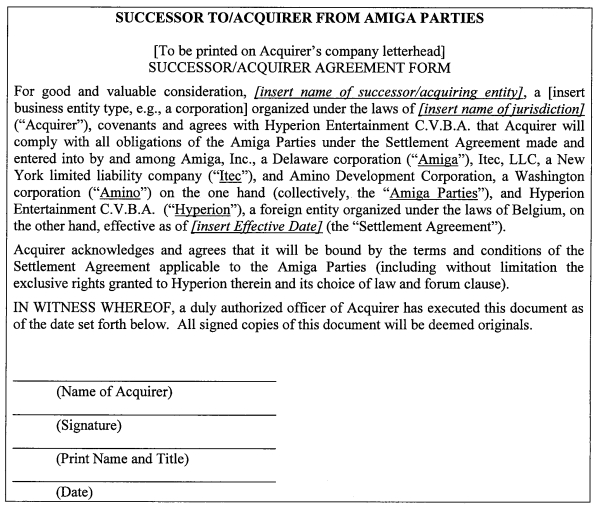You’ve seen “integration” clauses (also called “merger” clauses) like this:
Entire Agreement. This Agreement is an integrated Agreement and constitutes the entire agreement and understanding between and among the Parties with regard to the matters set forth herein and shall be binding upon and inure to the benefit of the administrators, agents, personal representatives, successors, and assigns of each. There are no representations, promises, or agreements pertaining to the terms or subject matter of this Agreement, whether express or implied, that are not set forth in this Agreement. All prior and contemporaneous conversations, negotiations, possible and alleged agreements, representations and covenants concerning the subject matter hereof, are merged herein and shall be of no further force or effect.
The phrase “concerning the subject matter hereof” is a bit of a cheat when there are multiple agreements between two parties – you don’t want to go to the trouble to figure it whether the new agreement is going to muck up the old ones, so you wash it with “concerning the subject matter hereof” and figure it’ll get sorted out if it ever actually matters.
Turns out it should have mattered to Molon Motor. In 2004 Molon Motor sued defendant Nidec’s predecessor, Merkle-Korff Industries, Inc., for patent infringement. Merkle-Korff filed a counterclaim for invalidity and in response Molon unilaterally gave Merkle-Korff a covenant not to sue on two patents (the 2006 Covenant). The covenant said:
Molon hereby forever covenants not to sue Merkle-Korff for patent infringement (whether direct, contributory, or by inducement thereof) under either the ’915 patent or the ’726 patent with respect to any and all products previously or presently made, used or sold by Merkle-Korff in the United States. This covenant extends directly to Merkle-Korff as well as any individual or entity to which Merkle-Korff previously or presently supplies products by way of the manufacture and/or sale thereof in the United States.
Molon and Merkle-Korff later settled the suit fully (the 2007 Settlement). The 2007 Settlement involved a number of patents, was a grant of an exclusive license to Merkle-Korff for the “Kinetek Exclusive Market,” and gave Merkle-Korff some limited right to sue for infringement.
Merkle-Korff later merged with defendant Nidec (there was no issue that Nidec was a successor to the two agreements). Molon sued Nidec for practicing the licensed patents outside the Kinetek Exclusive Market. The question was whether the 2006 Covenant survived after the parties entered into the 2007 Settlement, hinging on whether the 2006 Covenant “concerned the subject matter” of the 2007 Settlement.
The dissent took Molon’s view that because the two patents in the 2006 Covenant were also included in the 2007 Settlement, the 2007 Settlement was the same subject matter. The majority, however, held that the differences in the scope of the agreements – one for more patents than the other; one for non-exclusive rights and the other for exclusive rights; one only backward-looking and the other forward-looking; one without a field of use restriction and the other with one – meant that they were not the same subject matter.
Molon also made the argument that, because the two parties had only two agreements, including a merger clause at all meant that it was the intent of the parties that the 2006 Covenant be merged. The court explained to Molon that the word “merger” does not mean what it thought it meant:
It is telling that Molon’s appeal relies on a clause that both parties repeatedly refer to as a “merger” or “integration” clause. Yet, neither party has invoked the merger doctrine in its traditional form as a doctrine of contract interpretation. See Schweickhardt v. Chessen, 329 Ill. 637, 161 N.E. 118, 122 (1928) (“The rule is, that when parties reduce their agreement to writing, all prior negotiations leading up to the execution of the contract are merged therein, and parol evidence is not admissible to explain, contradict, enlarge, or modify the writing as it existed when executed.”). The effect of the merger doctrine is to “preclude[ ] evidence of understandings, not reflected in a writing, reached before or at the time of its execution which would vary or modify its terms.” … But here, neither Nidec nor Molon has argued that the 2006 Covenant was part of the negotiations for the 2007 Settlement and is thus relevant to interpret that later agreement. On the contrary, Nidec’s position is that the 2006 Covenant is an entirely separate agreement unrelated to the 2007 Settlement, and Molon’s position is that the 2006 Covenant should be considered extinguished. These positions reflect the parties’ apparent concession that the 2006 Covenant was a separate agreement from the 2007 Settlement, and therefore outside the scope of what a merger clause is intended to cover.
Perhaps you can rely on “concerning the subject matter hereof” if the other agreements have no overlapping subject matter at all, but otherwise it’s best to haul them back out and evaluate exactly what relevance they might have.
Molon M0tor and Coil Corp. v. Nidec Motor Corp., No. 2019-1071 (Fed. Cir. Jan. 10, 2020).

This work is licensed under a Creative Commons Attribution-NoDerivatives 4.0 International License.



